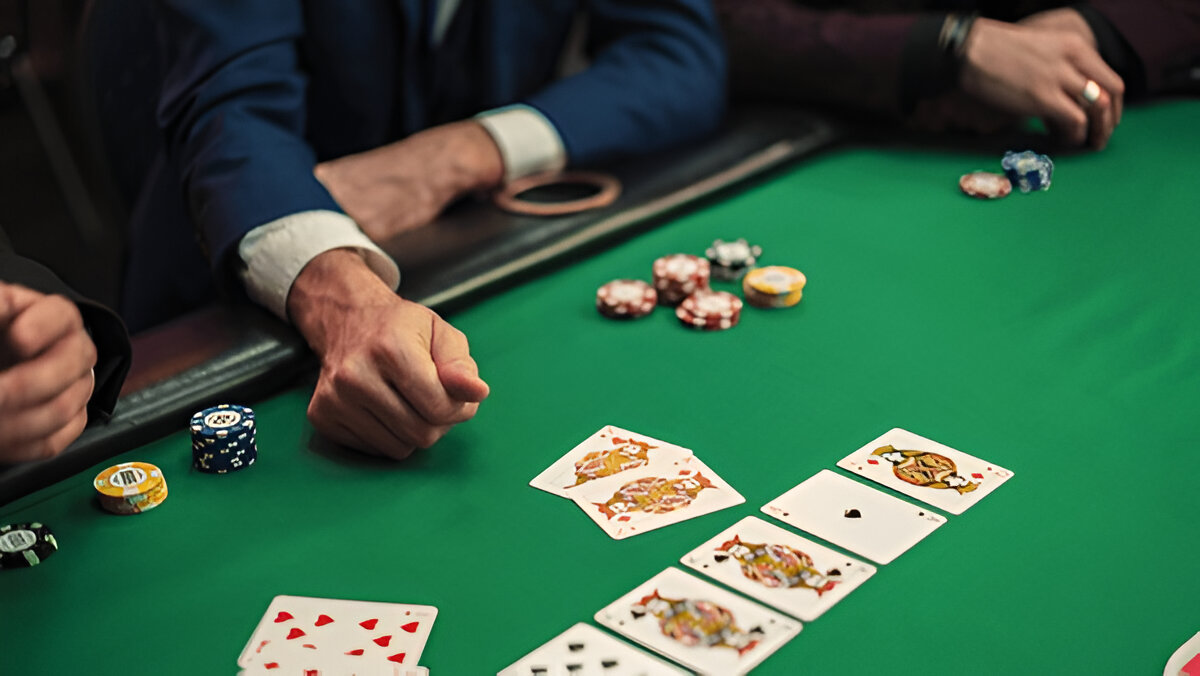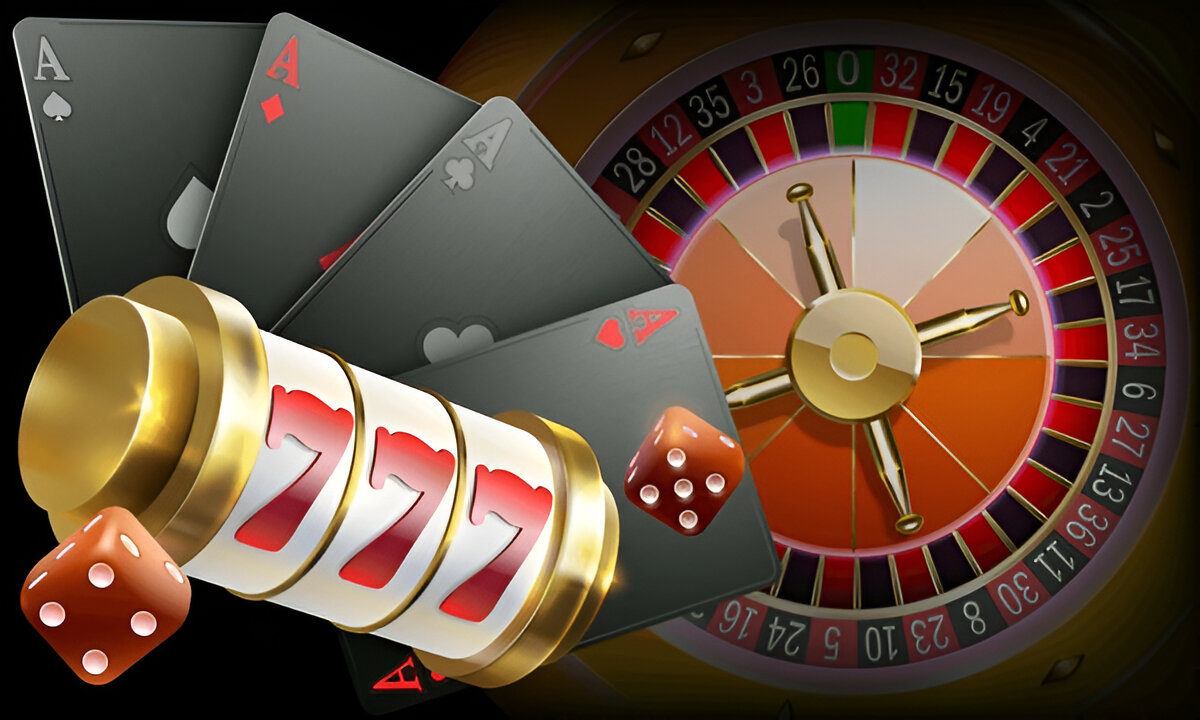The lottery is a game of chance, yet many players are intrigued by the idea of improving their odds through various prediction methods. One increasingly popular approach involves using machine learning to analyze past data and generate predictions for future lottery draws. Machine learning can sift through massive amounts of historical data, identify patterns, and provide insights into more informed number selections. In this article, we will explore how machine learning can be applied to lottery predictions and whether it can help increase your chances of winning.
What Is Machine Learning and How Does It Work for Lottery Predictions?
Machine learning (ML) is a type of artificial intelligence (AI) that enables computers to learn from and make decisions based on data. Rather than relying on explicitly programmed rules, ML algorithms detect patterns in data and use them to make predictions or classifications. In the context of lottery predictions, machine learning can be used to analyze past winning numbers, identify trends, and create models that forecast future draws.
For example, “Today’s Lottery Predictions, (Prediksi Togel Hari Ini)” could be generated by a machine learning model that has been trained on thousands of previous lottery results. By identifying patterns in the frequency of specific numbers, number combinations, and even the time intervals between draws, the machine learning model can generate predictions about which numbers are most likely to appear in the next draw.
Data Collection: The Foundation for Machine Learning
The first step in using machine learning for lottery predictions is data collection. To build an accurate model, you need a large set of historical data, such as past lottery draws and the winning numbers associated with them. For instance, if you are interested in “Hong Kong Lottery Predictions Tonight,” you would collect the results of past Hong Kong lottery draws, including the numbers that were drawn and any other relevant information.
The more data you have, the better the machine learning model will be at identifying patterns. Ideally, you would collect years’ worth of lottery results to ensure a robust dataset. However, even a smaller dataset may provide some insights. Once the data is gathered, it can be cleaned and preprocessed to remove any inconsistencies or irrelevant information.
Training the Model: Teaching the Machine to Learn
Once you have your dataset, the next step is to train a machine learning model. This involves feeding the data into an algorithm, which then analyzes it to identify patterns. Several types of machine learning models can be used for this purpose, including supervised learning and unsupervised learning.
In supervised learning, the algorithm is trained using labeled data, meaning that the past lottery draws are paired with the correct outcomes (winning numbers). The model learns from this data and develops a prediction model based on the patterns it detects. For example, “Singapore Lottery Predictions Today” could be generated by a supervised learning model that predicts the likelihood of specific numbers being drawn based on past results.
In unsupervised learning, the model works with unlabeled data and tries to identify hidden patterns or clusters within the dataset. This type of model can be used to find correlations or groupings of numbers that frequently appear together in the lottery results.
Feature Engineering: Selecting Key Variables
In machine learning, not all features (or variables) in the dataset are equally important. Feature engineering is the process of selecting the most relevant data to use in training the model. For example, in a lottery prediction system, you should focus on the frequency of numbers, the distribution of odd and even numbers, or the sum of the drawn numbers.
“Most Complete Sydney Lottery Predictions, (Prediksi Togel Sydney Terlengkap)” may incorporate features such as the frequency of number pairs, the sum of all winning numbers, and the occurrence of number ranges (e.g., 1–10, 11–20). By selecting the most relevant features, you can improve the performance of the machine learning model and make more accurate predictions.
Feature engineering is a crucial step in the machine learning process because it allows the model to focus on the data that is most likely to influence the lottery draw. Without proper feature selection, the model may end up using irrelevant information that can distort its predictions.
Testing and Validation: Ensuring Accuracy
Once the machine learning model is trained, it is essential to test and validate its accuracy. This step ensures that the model is not overfitting or underfitting the data. Overfitting occurs when the model learns the noise in the data rather than the actual underlying patterns, leading to poor performance on new, unseen data.
To test the model, you can divide the data into training and testing sets. The model is trained on the training set, and then its performance is evaluated on the testing set. If the model performs well on the testing set, it can likely make accurate predictions about future lottery draws.
In addition to testing accuracy, it’s essential to evaluate the model’s precision and recall. Precision measures how many of the predicted winning numbers are actually correct, while recall measures how many of the proper winning numbers were predicted by the model. A good model will balance both precision and recall, providing predictions that are both accurate and comprehensive.
Can Machine Learning Improve Your Chances of Winning?
While machine learning can be a valuable tool for analyzing lottery data and generating predictions, it’s essential to understand that the lottery is inherently a game of chance. The odds of winning are fixed, and no amount of data analysis or prediction can change the randomness of the draw.
That being said, machine learning can still be a fun and engaging way to approach the lottery. By using algorithms to identify patterns and trends in past results, you can make more informed choices when selecting your numbers. While the predictions may not guarantee a win, they provide a data-driven approach to the game, offering a sense of strategy and structure.
Conclusion: Using Machine Learning for Smarter Lottery Predictions
Machine learning offers an exciting way to analyze lottery data and generate predictions, providing players with a more systematic approach to number selection. By training a model on historical data, selecting relevant features, and testing the model for accuracy, you can use machine learning to predict future lottery draws. However, it’s essential to keep in mind that the lottery is still a random game, and no machine learning model can guarantee a win. Nonetheless, machine learning adds an intriguing layer of strategy to the lottery and can make the process more engaging.




